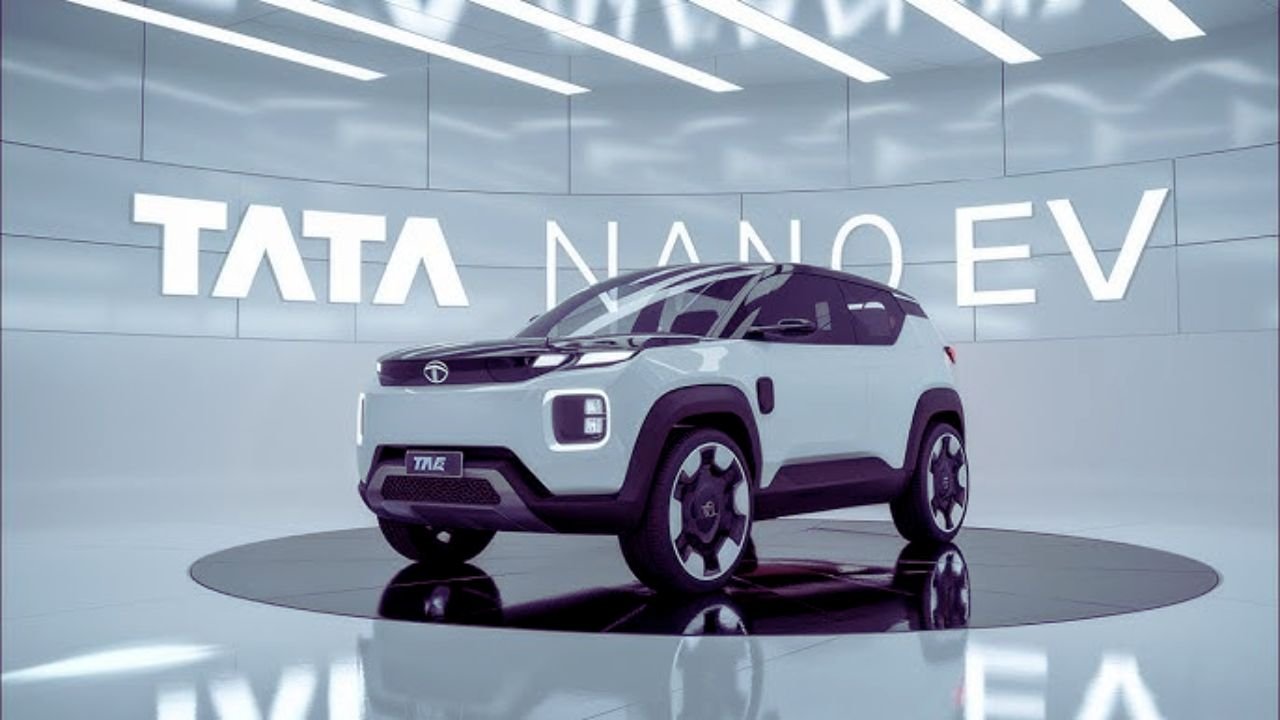The Tata Nano, once India’s most affordable car, is rumored to return as the Tata Nano EV, blending retro charm with electric power. With a projected 300km range, attractive design, and luxurious interior, it’s generating buzz among young buyers and eco-conscious commuters. Here’s a concise, human-written review of its appeal, features, and expected price for 2025, comparing it to the Yamaha RX125, in 500-600 words.
Why It’s Exciting
The original Nano (2008-2018) was loved for its compact size and low price but struggled with safety perceptions. The Nano EV aims to redefine this legacy as a modern, affordable electric vehicle (EV). Its sleek, updated design retains the Nano’s iconic small footprint but adds aerodynamic lines, LED lights, and vibrant colors, appealing to urban youths. Social media posts praise its potential to rival entry-level EVs like the MG Comet, offering style and sustainability at a budget-friendly price. Unlike the Yamaha RX125, a retro 125cc motorcycle for short commutes, the Nano EV is a four-seater hatchback, perfect for small families or city dwellers needing a practical car.
Key Features
The Nano EV is expected to feature a 40 kWh lithium-ion battery, delivering a 300km range per charge—ideal for daily commutes and short trips. Some sources suggest a smaller 17 kWh battery with a 150-180km range, but the 300km claim aligns with recent reports. A powerful electric motor (estimated 35-40 hp) ensures smooth acceleration and instant torque, making city driving effortless. Fast-charging capability could recharge in under an hour, a big plus for urban users.
The interior is surprisingly upscale, with a touchscreen infotainment system supporting Apple CarPlay and Android Auto, a digital instrument cluster, and automatic climate control. Safety features include multiple airbags, ABS with EBD, a 360-degree camera, and parking sensors, addressing past Nano criticisms. Connected car tech, like remote monitoring and over-the-air updates, adds modernity. The compact design (four-seater, easy to park) rivals the RX125’s maneuverability but offers more passenger space and weather protection.
Price and Availability
Tata Motors hasn’t confirmed the launch, but industry sources predict a debut in late 2025 or early 2026, with an ex-showroom price of ₹5-7 lakh (on-road ~₹6-8 lakh). Some speculative reports claim a lower ₹3 lakh price, though this seems optimistic. This makes it one of India’s most affordable EVs, undercutting the Tata Nexon EV (~₹14 lakh). The Yamaha RX125, priced at ₹1-1.25 lakh, is cheaper but serves a different purpose as a motorcycle, lacking the Nano EV’s car-like comfort and range.
Comparison to Yamaha RX125
The RX125, a retro 125cc bike, targets young riders with its 11-14 bhp engine, 40-45 kmpl mileage, and digital console with smartphone connectivity. Its ₹1-1.25 lakh price suits solo commuters or college students, but it’s limited to short rides and lacks the Nano EV’s four-seater capacity, 300km range, and weatherproof cabin. The Nano EV competes better with EVs like the MG Comet (230km range, ~₹7 lakh), offering similar urban utility at a potentially lower cost. While the RX125 excels in affordability and style for two-wheelers, the Nano EV is a stronger choice for families or those prioritizing electric efficiency.
Verdict
The Tata Nano EV promises to revive the Nano legacy with a 300km range, eye-catching design, and premium features like a touchscreen and airbags. Priced at ₹5-7 lakh, it’s poised to disrupt India’s EV market, appealing to budget-conscious buyers seeking a stylish, eco-friendly car. Compared to the Yamaha RX125, it offers greater practicality for urban families, though the bike suits solo riders on tighter budgets. If Tata delivers on these specs, the Nano EV could redefine affordable electric mobility in 2025.


